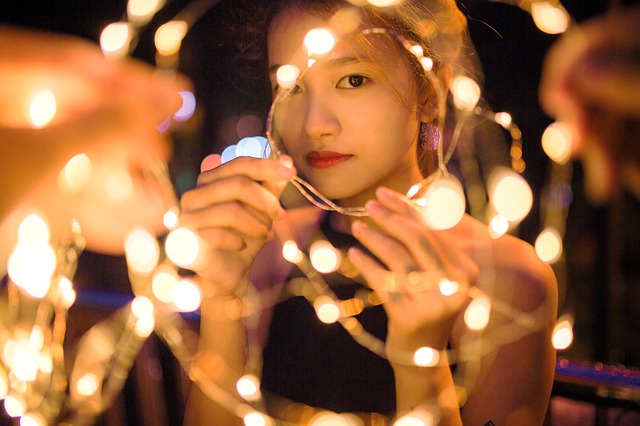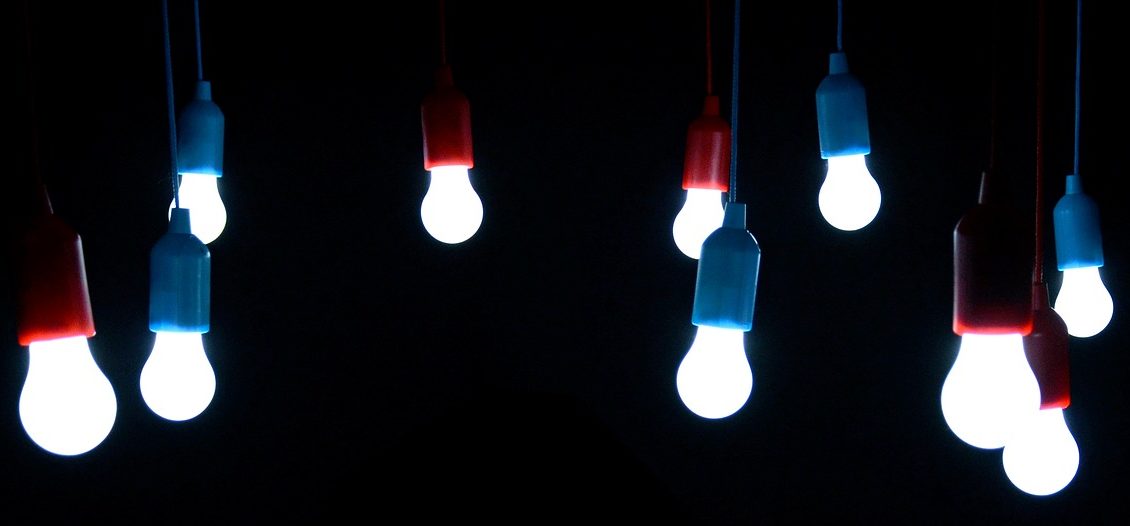LEDs or light-emitting diodes are perhaps the biggest steps that the lighting industry has taken in the last couple of decades. While it has been around for years now, this light source has continued to wow people because of the wonderful benefits that it brings to the table.
The truth is that more and more homes are being illuminated by LEDs but the main goal is to have every residential and commercial space powered by LEDs. If you aren’t too familiar with LEDs and the benefits they bring, then you’re in the right place as this is what we’re about to discuss today.
Energy Efficiency
Although the light LEDs emit may seem regular and similar to what you can get from incandescent light bulbs, there’s more to it than meets the eye. The professionals behind ViriBright.com say that one of the key advantages of LEDs is that they are more efficient. This, of course, refers to how much energy they consume.
As per studies, an LED bulb can use up to 90% less power than traditional incandescent light bulbs. What this means is that if you use LEDs over the traditional light bulb, you can expect to have lower utility bills once the due date comes. This is a practical choice for commercial and residential properties alike.
A 90% decrease in energy consumption is no laughing matter. To put it into perspective, if you’re spending $20 on your incandescent light bulb, you are more or less going to have to spend $2 for it instead. Despite being energy efficient, the light that LEDs bring is still very bright.
The truth is that LEDs are more expensive up front as compared to other lightbulbs. However, the amount you save on them, in the long run, is significantly better and more economically friendly as compared to what you’d get when buying cheaper bulbs.
Longer Lifespan
It’s not just the utility bills you are saving on when using LEDs. It’s also worth noting that LEDs have a longer lifespan than your traditional incandescent bulb. What this means is that you are going to spend less on replacements and repairs as you would on a traditional lightbulb.
The average lifespan of an LED bulb is around 60,000 hours which is the longest for any artificial light source. Now, compare this to the 1,500 hours you’d get from a traditional incandescent light bulb and the differences are night and day.

It’s always better to find light bulbs with have a long lifespan. These are tools that you’ll be using for hours per day so durability is certainly a must.
As per studies, an LED light can last for over 7 years even if you use it on a daily basis. In general, LEDs last 10 times longer than fluorescent light bulbs and 133 times longer than incandescent light bulbs. For businesses, LEDs are a cost-efficient and easy way to ensure that your business is illuminated when needed.
Environment-Friendly Lighting
When the time comes and your LED finally breaks, you don’t have to worry too much about the impact of the waste on the environment. This is because LEDs are generally more environmentally friendly as compared to other light bulbs out there and it has to do with how they are made.
LEDs are made out of non-toxic materials. This is compared to the mercury found in other forms of artificial lighting like neon. LED is also a recyclable material that has many purposes. That’s why many people consider LEDs as green or earth-friendly alternatives.
Exceptional Color Range
Incandescent bulbs and other traditional light bulbs require the use of special gels and filters to create different colors for the light. This makes the manufacturing costs of such light bulbs a bit higher as compared to LEDs. On the other hand, LEDs are capable of having various colors without the need for gels or filters.
The diode or what’s also referred to as the phosphorus coating of the light bulb can alter the emitted color of the light. What’s even better is that LEDs can maintain this shade of light until the end of their lifespan which is almost impossible for traditional forms of artificial light.
LEDs are revolutionary, to say the least. The number of benefits they bring to the table is useful for both residential and commercial establishments which is why people should consider making the change. Its benefits are too hard to pass up on and it’s exciting to see what’s next for LEDs in the future.
Discover How To Inspect Pre-Installed Appliances When Buying A House



Comments are closed.